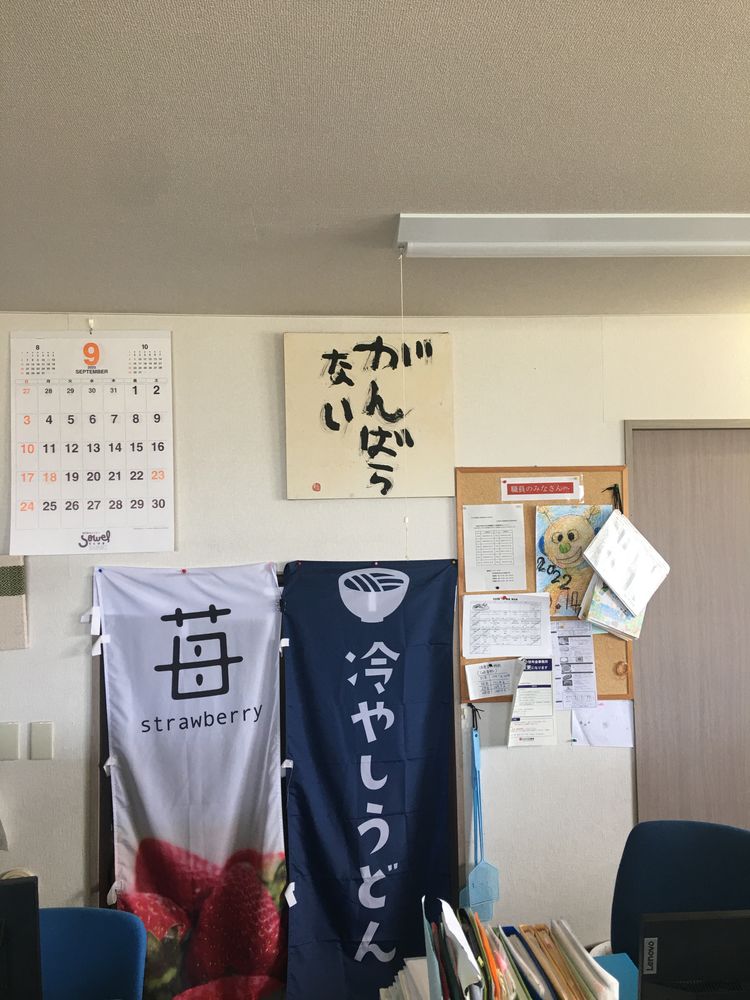The False Dichotomy of being Indian

As a spell of light snow drifted across the skies of Michigan, a letter from the United States Department of Interior followed.
The letter arrived at the doorsteps of the Grand River Band of Ottawa Indians (GRB), a tribe headed by Chairman Ronald Yob. The letter read as such:
Dear Mr. Yob:
The Grand River Bands of Ottawa Indians (Petitioner #146) is under active consideration for a Proposed Finding (PF) in the Federal acknowledgment process. By letter of October 17, 2019, we previously indicated that the Department would issue the PF on April 16, 2020. This letter is to advise you that the Assistant Secretary - Indian Affairs (AS-IA) has suspended active consideration for the PF on Petitioner # 146 and further extended the date of issuance of the PF.
It continues,
The AS-IA found good cause both to suspend active consideration under §83.1O(g) and to extend active consideration under §83~10(h). The AS-IA has suspended active consideration of the PF, conditionally, based on administrative problems caused by the current COVID-19 emergency.
If you have any questions or concerns, please contact the Office of
Federal Acknowledgment, 1849 C Street, NW, MS-4071-MIB, Washington, DC 20240. Thank you for your patience. Your understanding in this matter is greatly appreciated.
Sincerely, Lee Flemming (US DOI, 2020)
April 16, 2020
This letter is the latest of notices sent to the GRB that root back to 1994.
For 27 years, the GRB has been petitioning for federal recognition as an American Indian tribe. For those grueling 27 years, the federal government has inadvertently told the members of the GRB:
"You're ethnically, genetically, culturally etc, a group of Native Americans, but in the eye of the law, we're not sure"
How did we get to this point?
The federal recognition process of American Indian tribes is a long, wide, and deep one. It's something that is entrenched with great misunderstandings, war, ideology, and more. Moreover, it inspired countless governments across the globe in how they deal with indigenous people.
But we're not here to shy away from such complex issues. We're here to peer into the abyss of reality. Moving forward, we'll be reconstructing the very moment Mr. Ron Yob received his letter from the Department of Interior. We'll look back to the end of the last Ice Age, to the first arrivals of the French, pioneers of both Anglo-American and Native communities, and the current state of the American continent.
One last thing before we move on. Some of you may have winced at the name "American Indian", but that is the terminology the federal government uses to this day. Therefore, when referring to the legal status of a certain tribe, I will be using the word "American Indian".
Let's begin with the big fat elephant and donkey in the room.
Why do Native American tribes – such as the Grand River Band of Ottawa Indians – need to be federally recognized at all? Moreover, what does it mean to be federally recognized? Why does it matter?
According to the Bureau of Indian Affairs:
A federally recognized tribe is an American Indian or Alaska Native tribal entity that is recognized as having a government-to-government relationship with the United States, with the responsibilities, powers, limitations, and obligations attached to that designation, and is eligible for funding and services from the Bureau of Indian Affairs. (BIA)
As it can be hinted at by this description, being "recognized" comes with multiple benefits.
First, it provides economic benefits and opportunities. Yet, they are not "direct economic payouts" as many may believe. No money is sent directly to individuals in a federally recognized tribe, just because they are part of a tribe. Most of the benefits these tribes receive are actually shared by all American citizens; such as food stamps or VA compensations for serving in the military.
Instead, the economic benefits and opportunities come in two major forms: Casinos and Art.
Casinos are well known and have embedded themselves into the public stereotype of Native Americans. It's often seen as a lucrative business and a way to revitalize the tribal nation. However, such lucrative casinos are actually the exception. Most successful casinos are near metropolitan areas that attract many customers, which are restricted to certain areas of the US. Moreover, the federal government looks to regulate and control the profit made by these casinos. Regardless of such roadblocks, being federally recognized opens up the opportunity that is not accessible to non-recognized tribes.

Next, the economic benefit from native art is less known than the bright lights of the casinos. In 1990, President Bush passed the Indian Arts and Crafts Act, and is unique to all the other laws we'll be taking a look at; because it was almost unanimously supported by tribes across the continent. "The main objective of the law was to stem the economic loss to the Indians caused by unmarked handicrafts – losses that were running between $400 and $800 million a year" (Brownwell, 2000:313).
This number has grown exponentially. As an example, an art market that operates every August in the state of New Mexico estimates $160 million dollars of revenue during that event alone (SWAIA).
The Arts and Crafts Act looked to benefit native artists by disallowing non-native artists profiting from native art – or even claiming to have native heritage. The retribution for doing so is quite harsh. It states:
For a first-time violation of the Act, an individual can face civil or criminal penalties up to a $250,000 fine or a 5-year prison term, or both. If a business violates the Act, it can face civil penalties or can be prosecuted and fined up to $1,000,000 (Indian Arts and Crafts Act, 2010:5).
You may have already guessed, but this poses a major problem for artists of non-recognized tribes. Although the Act defines "American Indians" more loosely, there are many cases where artists who were unquestionably "Native American" being fined or taken to court due to this law.
The second benefit and right given to federally recognized tribes are education, housing, and healthcare.
Members of federally recognized tribes can receive scholarships to universities, housing assistance, and be part of a unique healthcare system. Similar to the cases of economic benefits, these are often inadequate and poorly implemented.
For example, Native Americans suffered the highest rates of death out of all racial groups due to COVID19 in the US to this day (APM, 2021). Although there are some uplifting news about the rapid vaccination rates among Native Americans, it is a different story for tribes who are not recognized.
Non-recognized tribes – such as the Grand River Band of Ottawa Indians – had to rely upon "...the generosity of other tribes sharing vaccines or had to find their own resources to access them" (Boomgard, 2021).
The third and crucial benefit of being federally recognized is their ability to assert their autonomy as a sovereign nation. Among other opportunities – such as self-governance or enforcing laws and taxes – it's a way to assert their identity.
As ironic as it is – that the historically oppressed and marginalized Native tribes, need to look to the very people that oppressed them for federal recognition – this is important. Because it allows these tribes to stand up politically and legally – as a separate entity – and claim, "We are our own people".
It's gaining independence. It's reclaiming their land and identity.
But there are also incredible costs of becoming federally recognized.
Mark Rogers, a citizen of the Montaukett and Matinecock Nations, illustrated the 3 main points of contention in becoming federally recognized. Allow me to summarize.
- The money problem. Rogers writes, "The Shinnecock Nation, my kin, have had to devote over thirty years of work and thirty million dollars to see justice done."
Yes, you read that right. 30 million dollars; to pay for historians, lawyers, lobbyists, anthropologists, access to archival records; just to prove they are actually who they claim they are. And this only gets at the surface of the costs of this process.
2. Racism.
As you may expect, this will be a recurring theme in this series. From blatant racist ideologies, to deeply ingrained racist policies that seem well-intended; the history of the federal recognition process is one where race plays a central role.
3. Political Pushback
The political pushback for tribes to become federally recognized does not only come from landowning bureaucrats who want to keep their assets, but can also come from other native tribes. As Rogers exclaims in disbelief:
The bitter truth is that there are Indian people who actively discourage the recognition of other Indian people for the sake of money by calling these petitioners “illegitimate” tribes and nations. I can understand and expect state and local municipalities to resist as recognition could bring repercussions such as land claims, loss of tax revenue and potential reparations issues. I can even understand nations that depend on federal funds giving some resistance. What I don’t understand is how one Indian can look at another and say, “No, they don’t deserve recognition because they are not Indians and it may cost me”, despite the petitioner’s documented history and heritage.
Yet, there's more.
Even after overcoming such hurdles and becoming a federally recognized tribe, there are more challenges facing these people – not to mention coping with the centuries of historic trauma.
The most significant one is land ownership. Most of the land provided to federally recognized tribes and reservations are held in trust.
Land held in trust, is land "in which the federal government holds legal title, but the beneficial interest remains with the individual or tribe" (DOI).
What does this mean? It means, even if these tribes are provided sovereignty over their own people, they do not own their land.
So to do almost anything – from building a new house or starting a business – "a tribe or individual cannot develop their natural resources without the federal government’s approval" (DOI).
To be frank, the list can go on. But let us get to the concluding point.
From all the benefits and successes, to all the atrocities and failures of this system, it boils down to this great irony of the federal recognition process.
The greatest irony of the federal recognition system is that to engage in the process becomes a choice – not a right.
Just as prince Hamlet is agonized by the ever confronting question,
"To be, or not to be?"
The indigenous people of the United States are being asked a question in which there is no definitive "good" answer. A false dichotomy.
"To become Indian, or not to be?"
![[Guest Post] Exploring Colonial History through Art](/content/images/size/w750/2023/11/graphite-island-banner.png)
